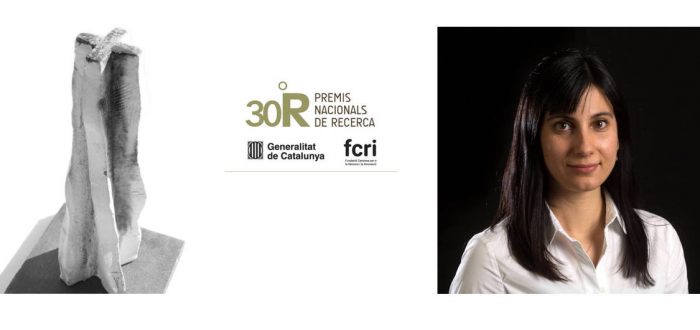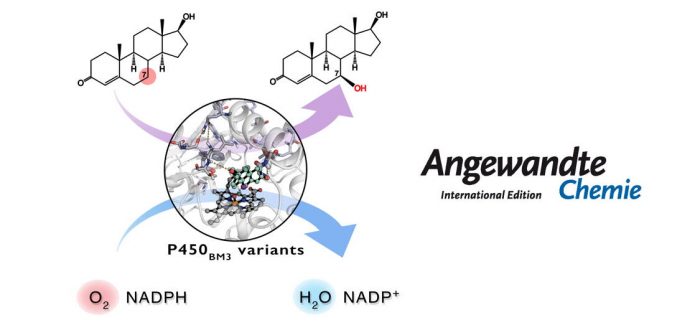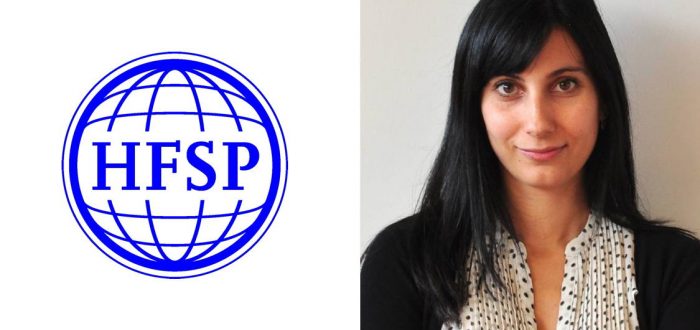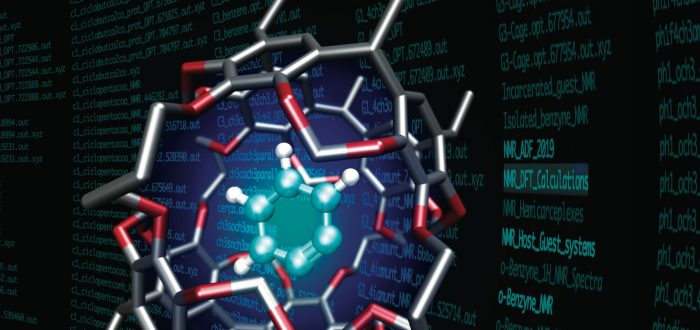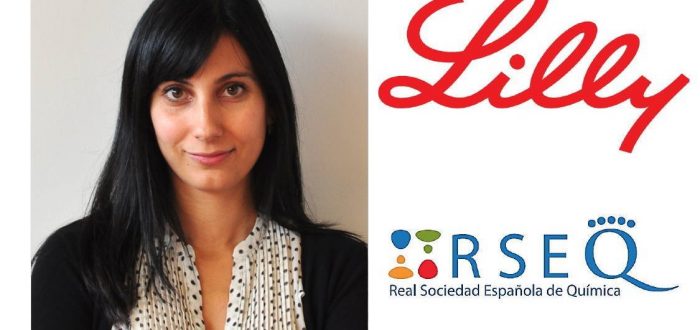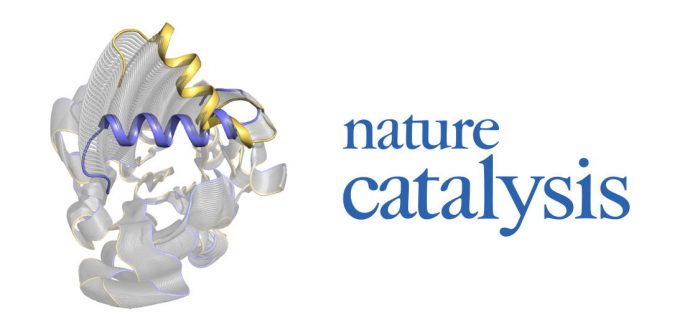Every year the Catalan Foundation for Research and Innovation (FCRI), with the support of the Catalan Government, organises the Catalonian National Research Awards. These prestigious awards recognise and reflect different aspects of research, science communication and outreach. One of these awards is for Young Talent, in recognition of the outstanding effort of a junior researcher
- sec.iqcc@udg.edu
- +34 972 41 83 57
Category: Silvia Osuna news
This week took place the Remote BioExcel Summer School on Biomolecular Simulations, in virtual manner, which included a poster session. Carla Calvó, PhD student under the supervision of Dr. Marc Garcia-Borràs and Prof. Sílvia Osuna, presented a poster titled “Unraveling The Millisecond Allosteric Activation of Imidazole Glycerol Phosphate Synthase (IGPS)”, and won the first prize, which consists of
Steroidal C7beta alcohols and their respective esters have shown significant promise as neuroprotective and anti-inflammatory agents to treat chronic neuronal damage like stroke, brain trauma and cerebral ischemia. Since position C7 is spatially far away from any functional groups that could direct C–H activation, these transformations are not readily possible using modern synthetic organic techniques.
Today the Human Frontier Science Program has announced the list of the awardees in the latest 2020 call, among which featured our Sílvia Osuna (ICREA) with a research project on “the evolution of conformational and kinetic ensembles during functional transitions” (RGP0054/2020). The team of the project is composed by Prof. Tokuriki (grant coordinator, University of
The IQCC was created in 1993 (as IQC, focusing only on computational chemistry), and was joined in 2013 by two experimental groups (QBIS, METSO) because of long-standing collaborations and mutual interests. Right now, in this vibrant community of highly motivated researchers that are working on predictive catalysis both at lab benches and through molecular modelling, we
Today (11th of Febraury) is the International day of Women and Girls in Science. In order to celebrate this day, three of our IQCC women (Dr. Sílvia Osuna @silviaosu, Dr. Sílvia Simon @SilviaSimonR and Carla Calvó @ccalvotusell) will give lectures at Schools. Furthermore, Dr. Sílvia Osuna will participate in a round-table discussion at the “Científiques Catalanes 2.0”
On February 1st, Dr. Marc Garcia-Borràs started his new Beatriu de Pinós project (MSCA COFUND) entitled “Computational characterization of enzymatic reactive intermediates for the discovery and design of new biocatalytic activities”. This 3-year project will allow Dr. Garcia-Borràs to work as an independent researcher at the Institute of Computational Chemistry and Catalysis (IQCC) and the
The incarceration of o?benzyne and 27 other guest molecules within hemicarcerand 1, as reported experimentally by Warmuth, and Cram and co?workers, has been studied by density functional theory (DFT). The 1H-NMR chemical shifts, rotational mobility, and conformational preference of the guests within the supramolecular cage were determined, which showed intriguing correlations of the chemical shifts
Today Sílvia Osuna received the Premio Lilly Joven de Investigación 2019 at the headquarters of Lilly in Madrid, where she also delivered her award-ceremony talk “Computational enzyme evolution”. She has won the award, as already announced earlier this year, for her outstanding scientific career on enzyme design, fullerenes, and carbon materials. The Lilly Prize for Young Investigators
Many drugs used for the treatment of diseases present chiral properties. In this study we aimed to produce an optically pure stereoisomer that is a key intermediate for the production of steroidal medicines such as levonorgestrel or gestodene. The targeted stereoisomer was the (13R, 17S)-methyl secol, which can be produced by the asymmetric reduction of

